The seasons of your soul mirror these cycles of nature, and just like in nature, you do not get to linger forever in the sweetness of summer. You must let go of your attachments to where you are and prepare to move onward. These are the cycles of your spiritual growth.
If you're interested in reading my poetic diary, ranging from fourteen years of age until culminating at fifty years of age with my poem titled "The Seasons of My Soul," click on the book image. It is available in both paperback and Kindle.
These poems were simply my way of expressing the emotions that were overtaking me at different times in my life and yet filling me with wonder at other times.
These “poems” were my safety valve—the outlet that let me release my unproductive emotions. They were also the way I was able to express my personal growth when those around me did not see things the same way I did. So, I bless them. . .warts and all






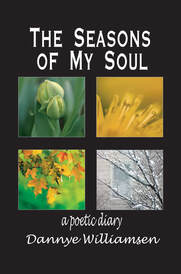
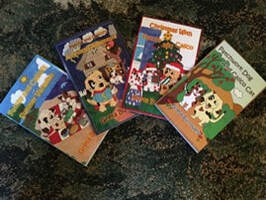
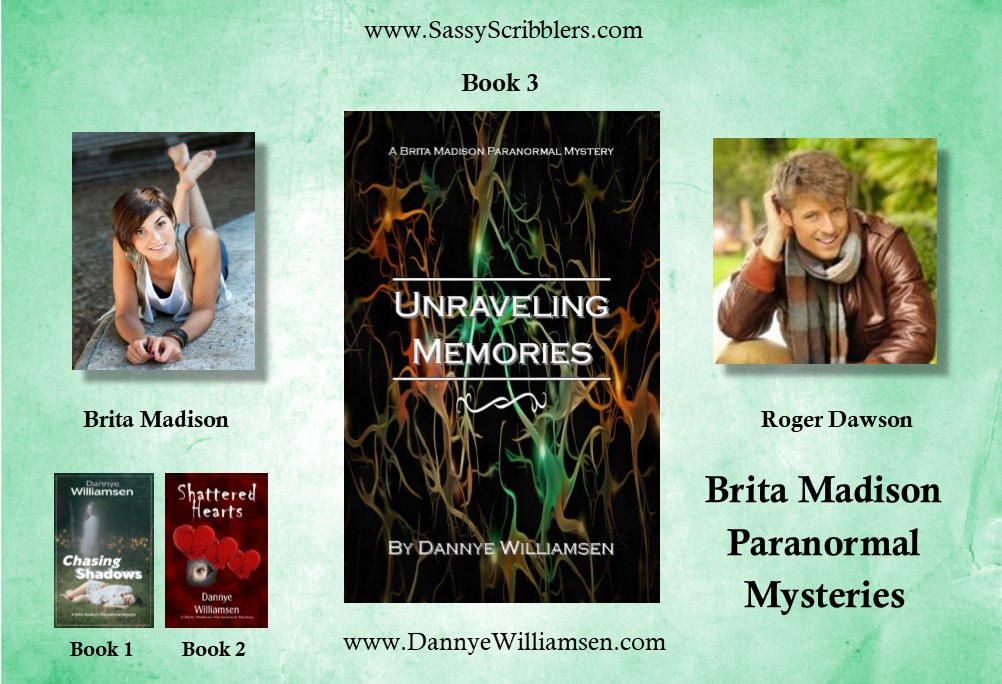
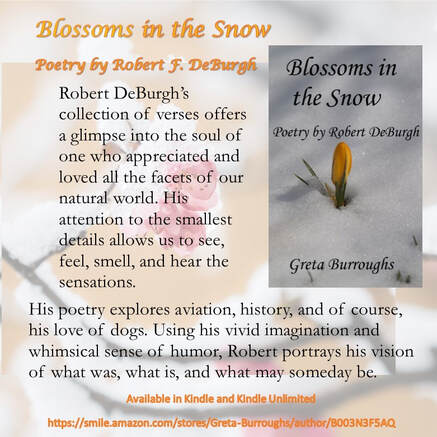
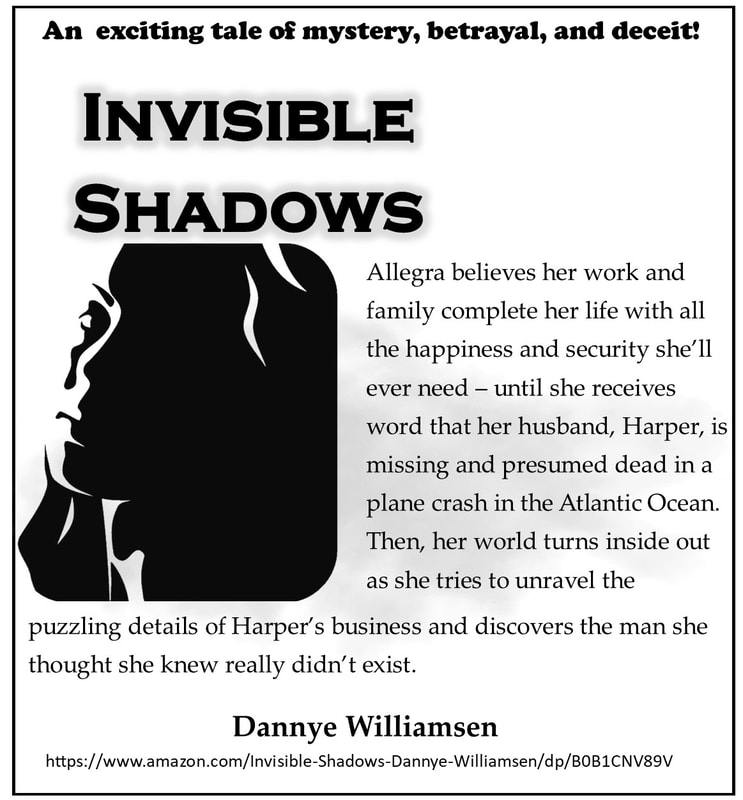
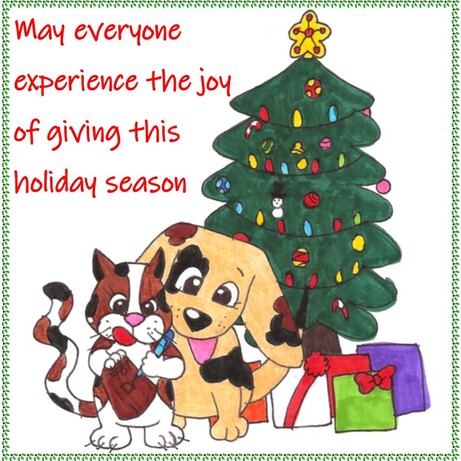
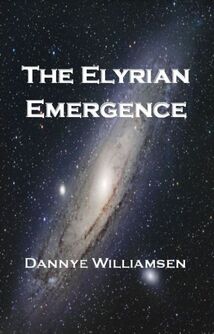

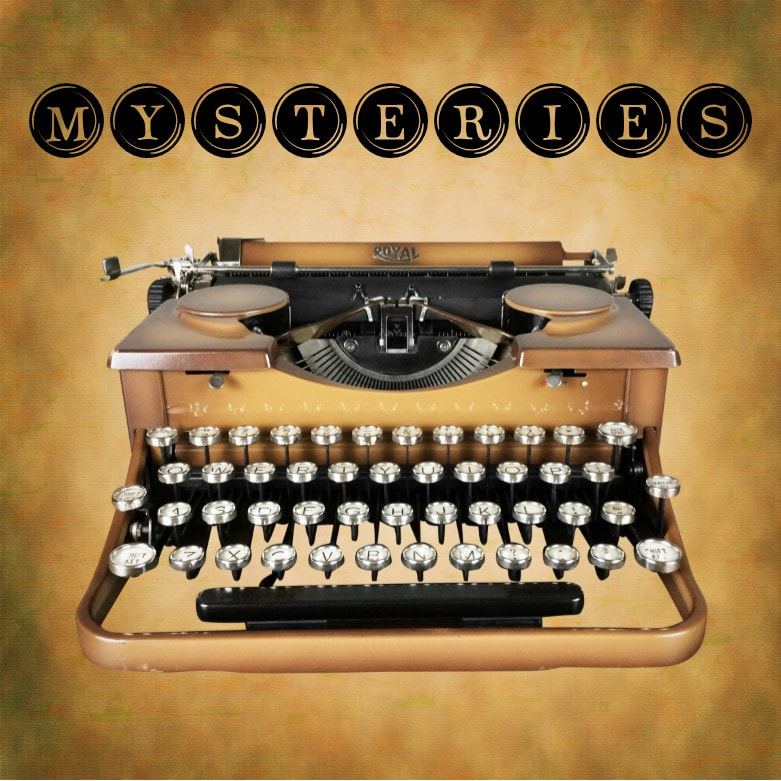
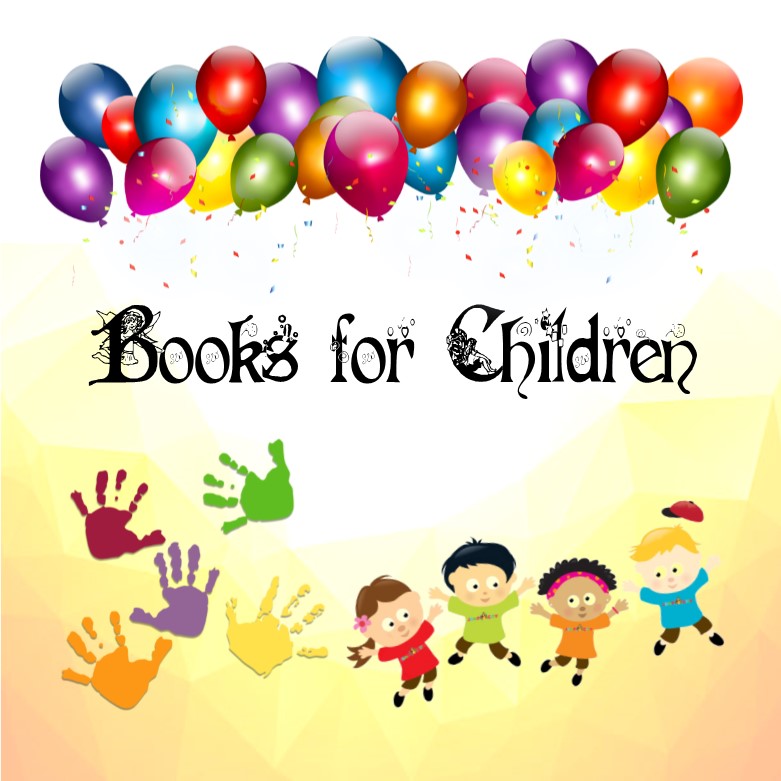
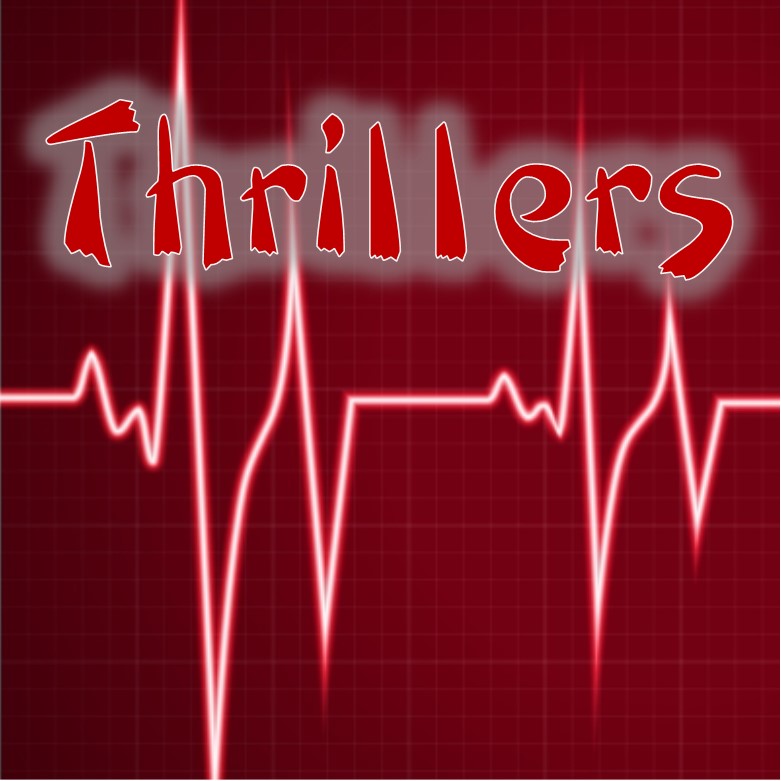
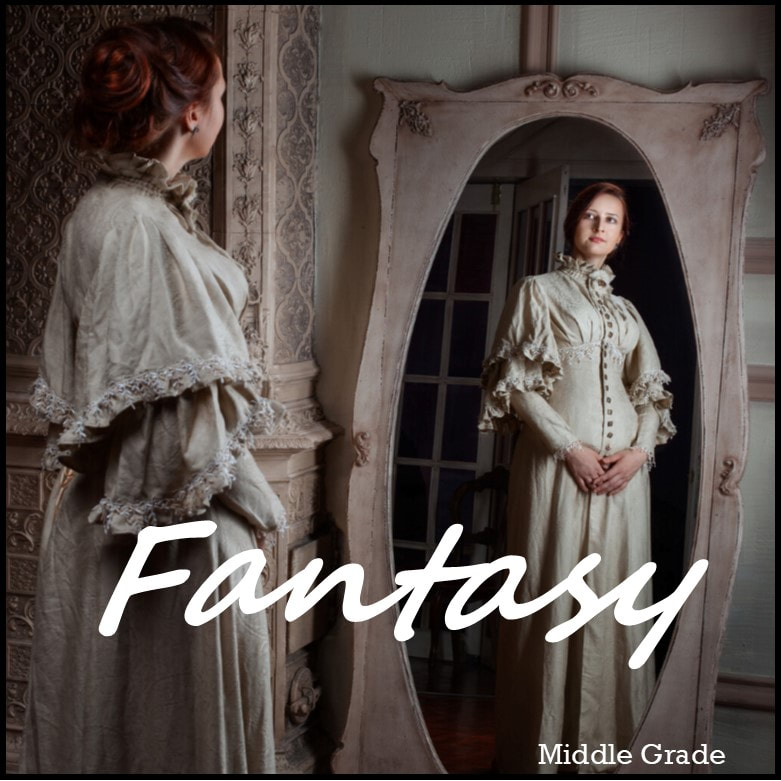
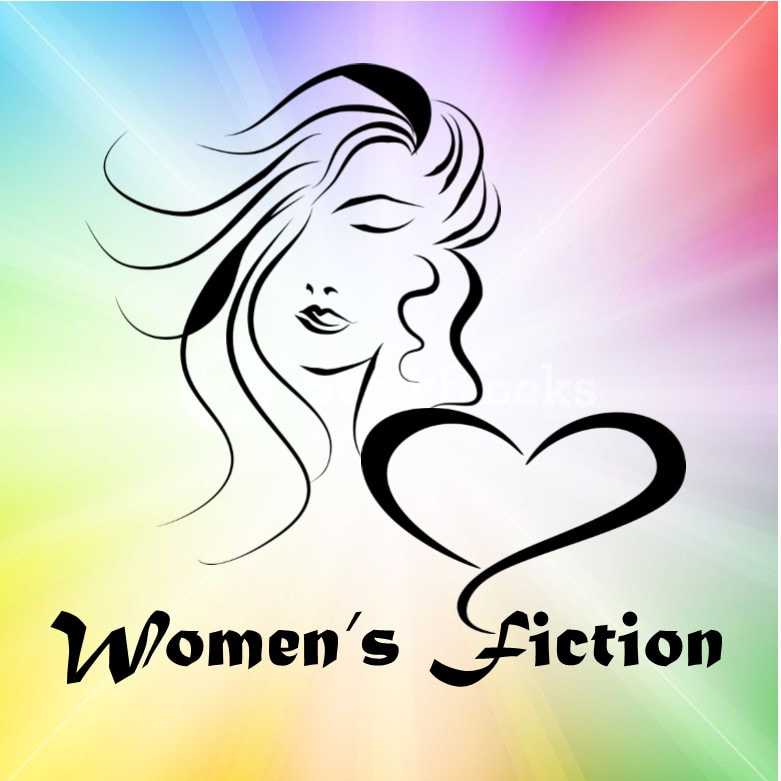
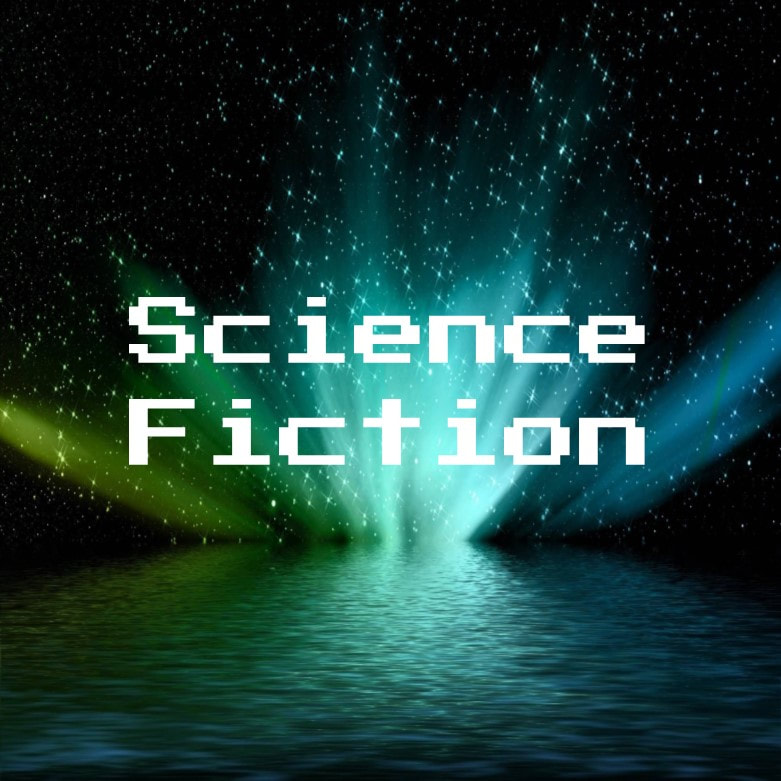
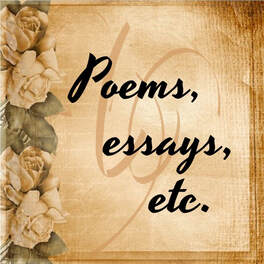
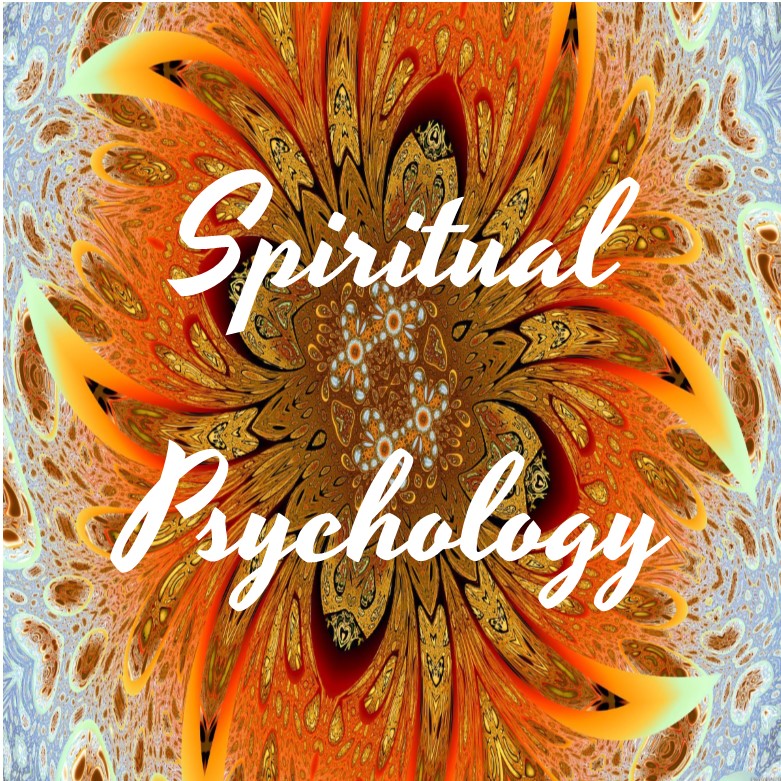

 RSS Feed
RSS Feed